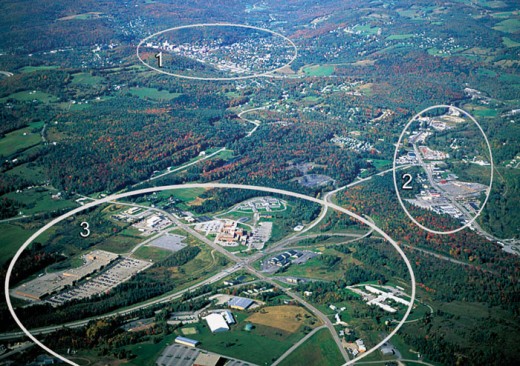Read an excerpt from this article below. You can download the full article by using the link at the end of the excerpt.
On the corner. In the downtown. Along highway strips. At interchanges. Retail development is a significant land use in virtually every community. It has its own demands and impacts that are distinct from offices or services. One only has to look at the acres of parking and traffic congestion commonly associated with shopping centers to understand this.

In many communities today, the supply of retail space exceeds the demand for it. There are vacancies in downtowns, strip centers, and shopping malls. We have over-zoned land for retail development and in the process have spread it out across the landscape. So how does a planning commissioner determine where retail development should go and how it should be designed and accommodated?
Regional Retail Market Analysis
The first step in planning for retail development is to undertake a regional market analysis. Shopping is largely a regional experience. In spite of the interest in buying locally, most consumers do travel around a region for shopping purposes as not all goods are provided in each community. In addition, people often shop where they work — which is often in a different part of their region.
Regional retail market analyses are typically conducted by regional planning commissions, chambers of commerce, or regional development agencies. Some analyses are undertaken in response to major retail development proposals; others in anticipation of retail changes or needs. Planners should be cautioned about developers’ or retailers’ market analyses as they may be skewed towards favoring a specific proposal.
A retail market analysis estimates the potential growth in retail demand and compares that to the supply of retail facilities within the trade area. Information is compiled on population growth, income, and expenditures by retail type (groceries, apparel, furnishings, etc.). From these projections, estimates of retail sales and square footage demand for different types of retail stores in the region can be obtained. The analyst will also consider what share of sales will take place online, especially important since some goods, such as computers, have a high share of online purchases. Sidebar, E-Commerce.
Next, a community-by-community inventory of existing retail space and occupancy rates is conducted. This inventory will show where the retail areas are within the trade area. A comparison between the existing available space and the projected space needs can be made and gaps identified.
Most market analyses distinguish between convenience goods and comparison goods. Convenience goods are widely distributed, less expensive, and frequently purchased items. Examples include food, newspapers, and gas. Comparison goods are purchased at less frequent intervals and are generally more expensive; they also are often purchased after examining prices at several stores. Examples of comparison goods include major appliances, furniture, and sporting goods.
The regional market analysis will indicate the extent to which the region may already be “over-stored” (more space than demand justifies) or “under-stored” (less space than demand justifies) with either convenience or comparison goods. It may even point out areas where future shopping should be planned.
… end of excerpt
Beth Humstone works as a planning consultant on a wide range of projects in rural communities and small towns. She is an advisor to the National Trust for Historic Preservation; former Executive Director of the Vermont Forum on Sprawl (now Smart Growth Vermont); a past member of the Burlington (VT) Planning Commission; and former Chair of Vermont’s Housing & Conservation Trust Fund Board.
Humstone is co-author, with Julie Campoli and Alex MacLean, of Above and Beyond, Visualizing Change in Small Towns and Rural Areas (APA Planners Press, 2002).